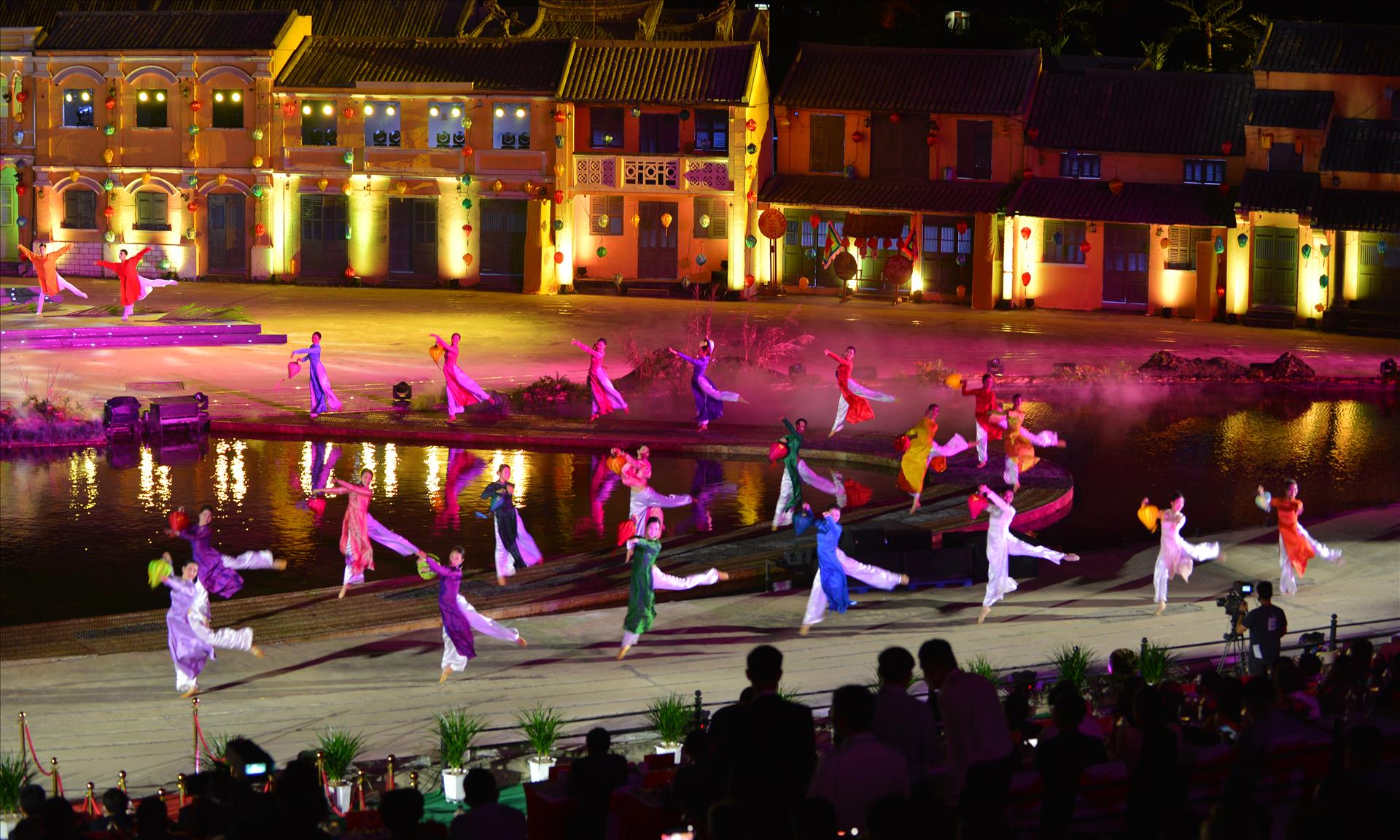Vietnam harnesses “soft power” in developing cultural industries

Hanoi, February 28 (VNA) - Vietnam has a diverse natural and cultural heritage system, which has both reflected a rich cultural history and served as a motivation for socio-economic development, thus laying a foundation for developing the country's cultural industries.
Many heritage sites have become special tourism assets, contributing positively to promoting economic growth in many localities and creating livelihoods for local people.
Insiders said it is necessary to have solutions to exploit this “gold mine” to both achieve economic achievements and strengthen “soft power”.
Cultural and natural heritage remains attractive to holidaymakers
Vietnamese culture is a rich tapestry of traditional customs and practices. The nation also boasts numerous tangible and intangible heritages. Vietnam is among the top 10 nations worldwide with the largest numbers of UNESCO-honoured heritages.
Vietnam’s titles that were recognised by UNESCO include eight world cultural and natural heritages, 15 intangible cultural heritages, three world documentary heritages, six documentary heritages in the Asia-Pacific region, 11 world biosphere reserves, three global geoparks, and nine Ramsar sites (wetlands). The country also boasts 485 national intangible cultural heritages.
There are a total of five cultural heritage sites, namely the Complex of Hue Monuments in the central province of Thua Thien – Hue, the Hoi An ancient city and My Son Sanctuary in the central province of Quang Nam, the Imperial Citadel of Thang Long in Hanoi, and the Citadel of the Ho Dynasty in the north – central province of Thanh Hoa. Also, there are three natural heritage sites - the Phong Nha-Ke Bang National Park in the central province of Quang Binh, the Ha Long Bay in the northern province of Quang Ninh, and the Ha Long Bay-Cat Ba Archipelago in Quang Ninh and neighbouring Hai Phong city, and one world natural and cultural heritage - the Trang An Scenic Landscape Complex in the northern province of Ninh Binh.
Ha Long Bay in Quang Ninh was recognised by UNESCO as a world natural heritage site in 1994, 2000 and 2011 thanks to its unique landscape, and special value in terms of geology and geomorphology. In 2011, the site was voted as one of the new seven wonders of the world by the New Open World Organisation.
In September 2023, the Ha Long Bay - Cat Ba Archipelago was also officially recognised as a world natural heritage.
Cultural and natural heritages are gold mines for the tourism industry, helping to earn foreign currency for the country. Vietnam's tourism industry welcomed 12.6 million foreign visitors in 2023.
According to the Vietnam National Authority of Tourism (VNAT), more than 70% of international tourists visit Vietnam to explore world-recognised heritage sites.
Promoting “soft power”
The factors that create "soft power" are the values of culture, history, tourism, and economy. The greater the "soft power" in the international arena, the more economic, political, and social benefits it brings.
According to Assoc. Prof. Dr. Tran Sy Phan from the Ho Chi Minh National Academy of Politics (HCMA), Vietnam’s "soft power" is the ability to achieve what the country and its people want by creating influence and attraction through cultural values.
Meanwhile, Assoc. Prof. Dr. Nguyen Thi Thu Phuong, Director of the Vietnam National Institute of Culture and Arts Studies (VICAS) under the Ministry of Culture, Sports and Tourism, said Vietnam can fully tap tangible and intangible heritages for promoting tourism development, thus strengthening its “soft power”.
Vietnam needs to form a linkage mechanism to transform resources into tourism attractiveness through the development of the cultural industries. This is a suitable transformation option for developing countries like Vietnam, which have limited “hard” resources but boast potential “soft” cultural resources, including attractive intangible and tangible heritages, Phuong said.
To lure more tourists and encourage those to visit Vietnam again, Deputy Minister of Culture, Sports and Tourism Ta Quang Dong suggested travel firms develop tourism programmes and products that incorporate "sight and sound" elements tailored to the preferences of certain groups.
This approach serves as a way to both preserve cultural heritage and enhance the effectiveness and value of art performance forms in association with heritages, he stressed.
According to President of the Vietnam Tourism Association (VTA) Vu The Binh, Vietnam needs a strategy to provide training courses on heritages for tour guides and representatives of travel agencies.
Sometimes, tour guides need to have knowledge about tangible and intangible heritages, as well as customs and traditions of visitors' countries to behave appropriately and leave impressions on tourists, making them want to return to Vietnam, he said.
Bui Tri Dien from the Hanoi College of Arts said to harness “soft power” of culture in development, it is necessary to closely link culture development with socio-economic and tourism development.
Cultural tourism provides vivid experiences for tourists, helping them get insights into the unique cultural identities of a community, a locality, or a country, thereby building trust with tourists, especially international visitors, he said./.





